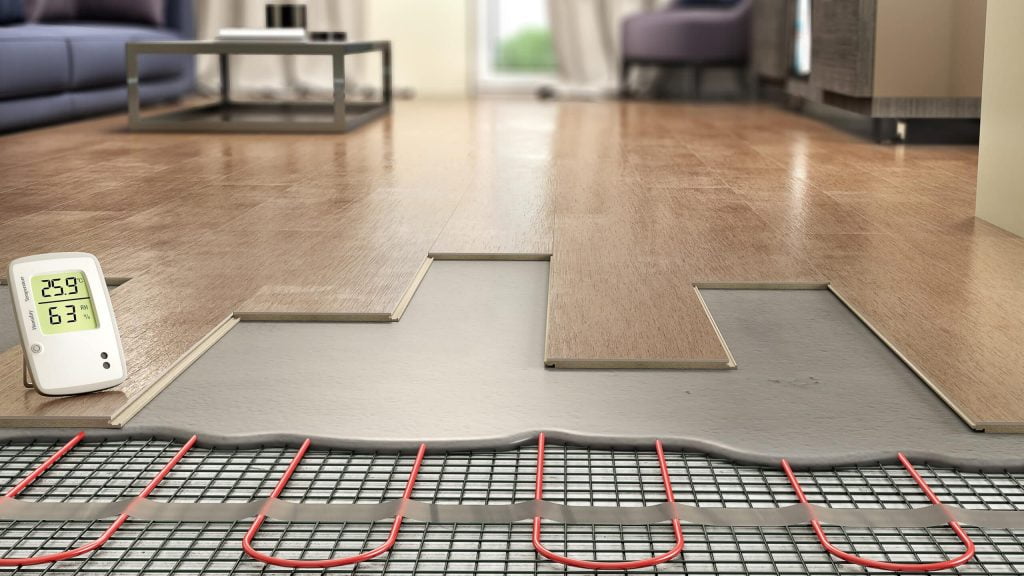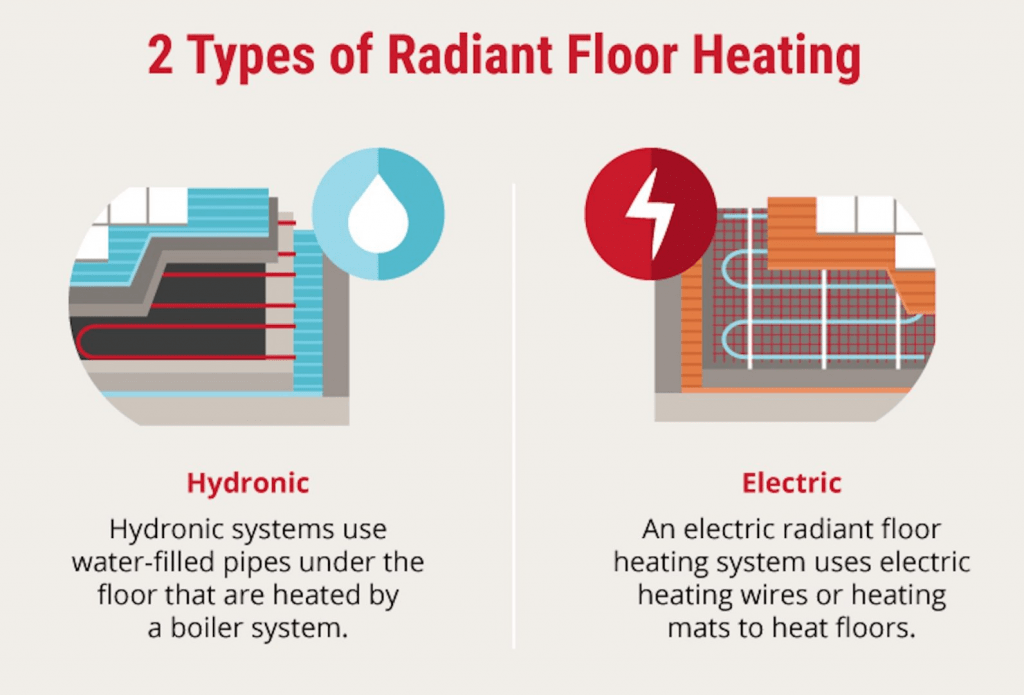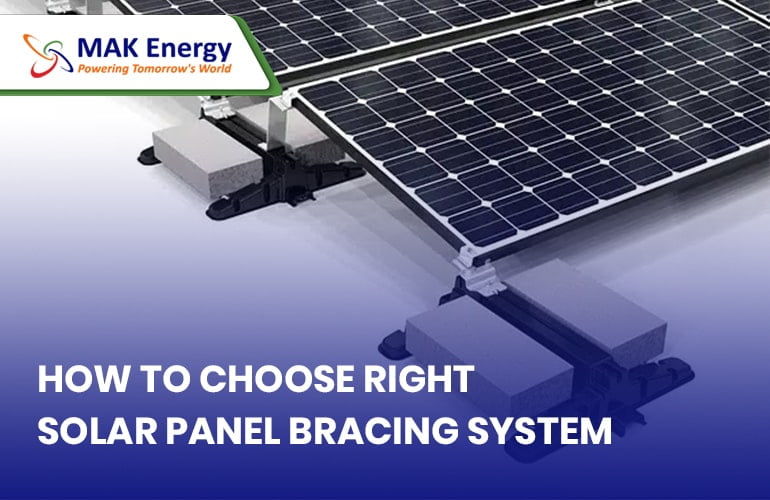Last updated: January 11th, 2024 at 07:09 am
Solar powered underfloor heating is an advanced and effective method of heating homes, buildings, or workspace. This heating technique is installed beneath the floor and provides uniform heat distribution in the area. Underfloor heating systems are gaining popularity due to their high efficiency and affordability. You have a variety of options available when it comes to solar powered underfloor heating systems. Underfloor heating systems are available in various types, each with its own advantages. This article will analyze the different categories of underfloor heating systems, enabling you to choose the ideal one for your home or workplace.
What is solar powered underfloor heating system?
A solar powered underfloor heating system is a clever way to heat a building’s floors by using solar panels to generate energy. The system consists of heating elements that are installed beneath the floor, which evenly distribute heat throughout the space. The best part is that underfloor heating systems work at low temperatures, so there’s no need to worry about burning your feet. Instead, you’ll feel the heat rising up from the floor and spreading throughout the room.
This type of heating system can be installed with either a solar PV or solar thermal system. A solar PV system generates electricity that powers the underfloor heating system, while a solar thermal system captures the sun’s energy to heat water that is circulated through the underfloor heating system.

How does solar powered underfloor heating work?
Solar underfloor heating is an eco-friendly heating solution that uses the sun’s energy to warm up your home or business. The system consists of tubes or panels filled with a special fluid that absorbs heat from the sun and circulates it under your flooring. Which tan produce heating and warm up the required areas or space. This type of heating is highly efficient and distributes heat evenly. There are two types of underfloor heating systems: Electric underfloor heating and wet or hydronic underfloor heating system. let’s explore them one by one.

Hydronic / Wet underfloor heating
Water based underfloor heating, also known as wet or hydronic systems, work by circulating warm water through pipes that are either installed on or beneath the sub-floor. The arrangement of pipes is designed to ensure even heat distribution throughout the room.
A variety of heat sources can be used for these systems, including solar thermal panels and heat pumps. A manifold and pump mixing device is used to control the temperature of the water before it enters the pipes. Although these systems can be used with carpeted floors if the underlay has an insulating property of no more than 1.5 tog, they are best suited for stone or tiled floors

Solar powered Electric underfloor heating system
The electric underfloor heating system, also known as a dry heating system, uses electric mats containing wires to heat up a room gradually. It’s easy to install and is especially safe for small houses, kitchens, and washrooms where less heat is required. Typically, it’s installed in newly constructed homes, as it requires digging into the floor. If you’re considering this type of heating system for an already furnished home, be prepared for some refurnishing. Despite this, it remains cost-effective and affordable even for small houses.
Benefits of solar powered underfloor heating
There are limitless benefits of installing solar powered underfloor heating system at homes or at workplaces, Solar underfloor heating offers several benefits including:
Affordability: Solar underfloor heating is a cost-effective solution for heating your home. You’ll save money on your energy bills because you won’t need to pay for the energy required to heat the water.
Eco-friendliness: An environmentally friendly option, solar underfloor heating uses a clean and renewable energy source that doesn’t emit any harmful gases or contribute to global warming.
Energy efficiency: By harnessing the sun’s energy, solar underfloor heating is an incredibly efficient way to heat your home. Plus, once the system is installed, it requires minimal maintenance.
Health benefits: Solar underfloor heating can help reduce dust and allergens in your home, contributing to a healthier living environment.
Comfort: With even and consistent heat throughout your home, solar underfloor heating provides a comfortable living environment, especially during colder months.
What are the cost of installing solar powered underfloor heating systems?
The cost of installing an underfloor heating system depends on multiple factors, including the type of system you choose (wet or electric), the materials used, and the installation cost. Both wet and electric underfloor heating systems have different installation costs, with one being more expensive than the other. Let’s take a closer look at each of these factors.
Initial cost
The initial cost of installing a solar-powered underfloor heating system can be higher due to the installation of both the solar panel system and the underfloor heating system. However, if you have already installed solar panels at your place, you can save a significant amount of money as you would only need to bear the cost of the underfloor heating system.
The cost of the underfloor heating system will depend on several factors, including the type of system you choose, the materials you opt for, and the area you want to cover for heating. It’s important to consider these factors when making your selection to ensure that you choose a system that fits your budget and meets your heating needs.
Component cost/ Material cost
When considering the cost of a solar-powered underfloor heating system, the most important factor to take into account is the type of system you choose. There are two main types of underfloor heating systems: electric and wet. In general, electric underfloor heating systems are less expensive than wet systems. This is because electric systems don’t require additional components such as a circulation pump and pipes, which can add to the overall cost of the system. However, it’s important to note that the cost of any underfloor heating system will depend on a variety of factors, including the size of the space being heated, the quality of the materials used, and the complexity of the installation process.
Installations cost
The type of underfloor heating system chosen for a solar-powered installation can affect the cost of installation. Wet systems that use pipes filled with hot water are typically more expensive to install than electric or dry systems. This is because wet systems take more time to install and require testing the flow and pressure of the water. The type of floor you have can also impact installation costs. While wet systems may be more expensive, they can be more efficient at heating larger spaces.
Conclusion
You might think that conventional heating methods are cheaper in the short term, but they are not. A solar-powered underfloor heating system is actually more cost-effective because it uses the power of the sun to heat your space and requires only a one-time investment. This means you’ll save money on your energy bills every month. Whether you plan to install an electric or wet/hydronic underfloor heating system in your home or workplace, both options will be beneficial. If you’re still not fully aware of solar-powered underfloor heating systems, don’t worry. Get in touch with us and we will discuss it with you in a professional manner, drawing on our 15 years of experience to help solve your underfloor heating problems.




